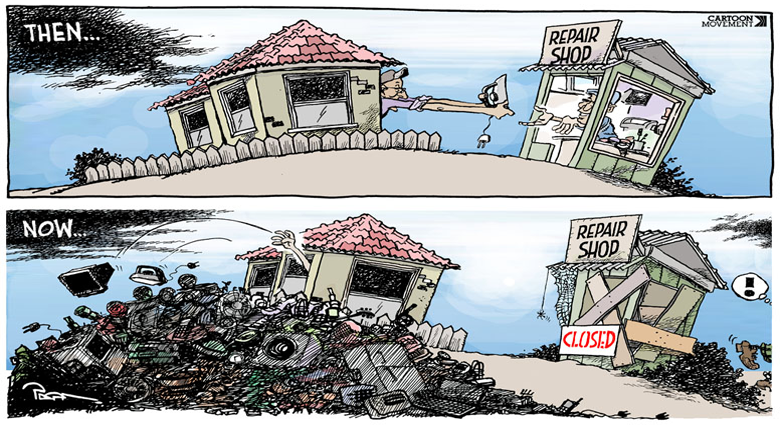We have all heard the expression, “opposites attract.” But in fact there is irrefutable scientific evidence that in relationships, opposites repel. Simply put, we prefer to be around others who are similar to us. In business, this means that we tend to surround ourselves with people who think like we do.
Although working with people who are like us improves efficiency and makes relationships easier, this “commonality” destroys innovation. Innovation is based on divergent points of view coming together to create something new and of value.
Innovation is based on divergent points of view coming together to create something new and of value
If you want innovation to flourish within your organization, seek out those individuals who complement your style and address your innovation blind spots.
Look at the lists of words below. Which one resonates with you the most and best describes you?
A: Intellectual, Knowledgeable, Philosophical, Logical, Realistic, Rational, Skeptical
B: Adventurous, Spontaneous, Flexible, Creative, Open Minded, Insightful, Curious
C: Goal-Oriented, Driven, Decisive, Competitive, Disciplined, Organized, Systematic
D: Diplomatic, Sociable, Gregarious, Popular, Nurturing, Empathetic, Compassionate
The set that best describes you is considered to be your primary personality style (and yes, people have more than one style). A’s tend to be a bit more data-driven and analytical, B’s like new ideas and experiences, C’s like to plan the work and work the plan, and D’s are into people and relationships.
However, who you are NOT is more important than who you are. Look at each set again. Which words do NOT describe you? Individuals who have these attributes complement you as they are not like you. As a result, their differences can be annoying. Yet these differences are the very things that can help innovation thrive.
In general, “A”s and “D”s are opposite, while “B”s and “C”s are opposite. That is, they are the styles that are most different from one another.
Look at your team. Do you have a good mix of all four styles? If not, you may find that some aspects of innovation are limited.
If you are missing an “A,” your innovation efforts may lack the customer insight and data needed to ensure that they meet the needs of your market. You may get blindsided by competitors who offer a new product or service designed to capture your customers. The “A”s have the information necessary to ensure market relevancy.
If you are missing a “B,” you may find that your solutions are lacking that creative spark. Innovations may be more incremental and merely adaptations of past concepts. The “B”s are critical for helping your team develop breakthroughs that will keep you afloat in a highly competitive market.
If you are missing a “C,” you may have difficulty bringing your innovation to market. Great ideas that are not implemented are useless. The “C”s have the drive, goal-orientation, and organization skills to help you turn ideas into reality.
Recognize that the person you like the least, may be the person you need the most.
Finally, if you are missing a “D,” you may have difficulty getting people involved in your innovation activities. Some “D”s are masterful at understanding human behavior and motivation, while others are über-connectors who know everyone. “D”s are great at engaging the hearts and minds of your employees, customers, and virtually anyone else.
Look at your leadership team. Do you have a good mix of styles represented? If not, your efforts may be less successful than they could be.
Many years back, I was leading a large project. I chose a co-leader who was similar to me (in hindsight I would say we were both “B”s). Although the project was creative and exciting, we didn't produce anything of value. On the next project, my co-leader was a more disciplined and methodical “C”; my opposite. Although in the beginning I found him to be controlling and annoying, I learned to appreciate his contribution. I did not want to repeat my last failure. This time, with a better balance of leadership styles, we created something spectacular within a very tight budget.
The next time you are working on a complex problem or developing a new solution, seek out someone who is different. Appreciate their contribution. Recognize that the person you like the least, may be the person you need the most. Their differences can be the key to unlocking your success.




.png)




What Did You Think?